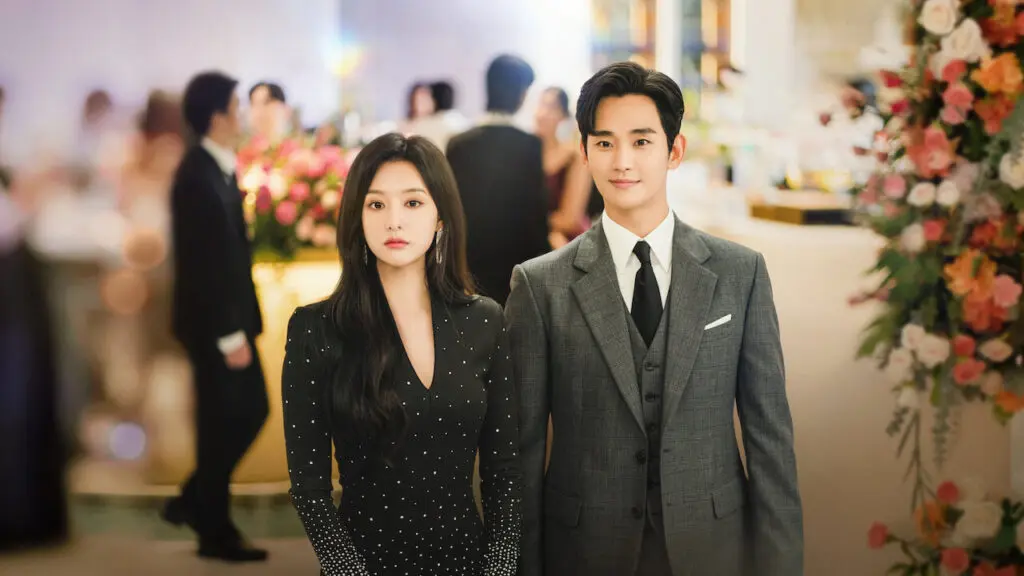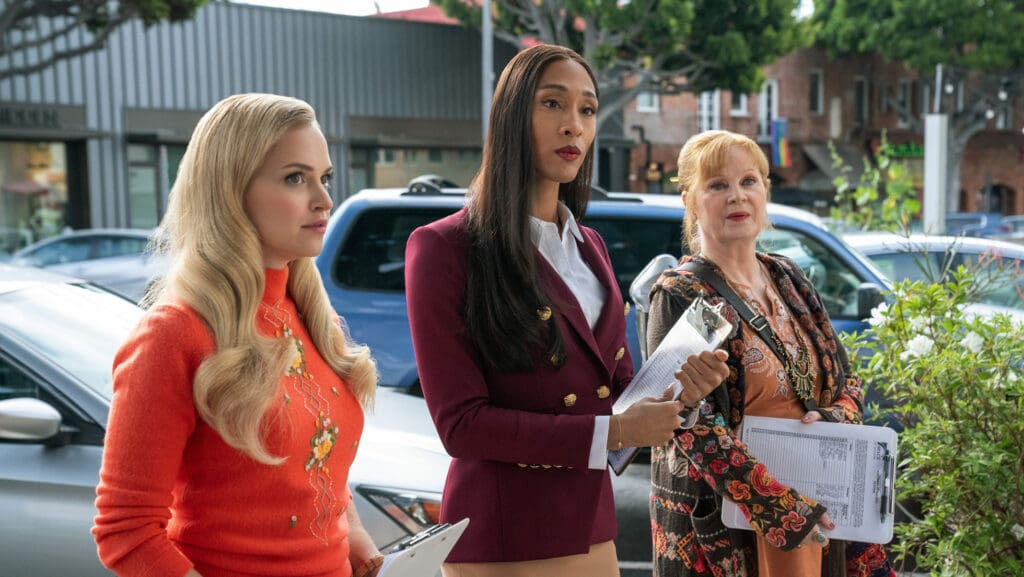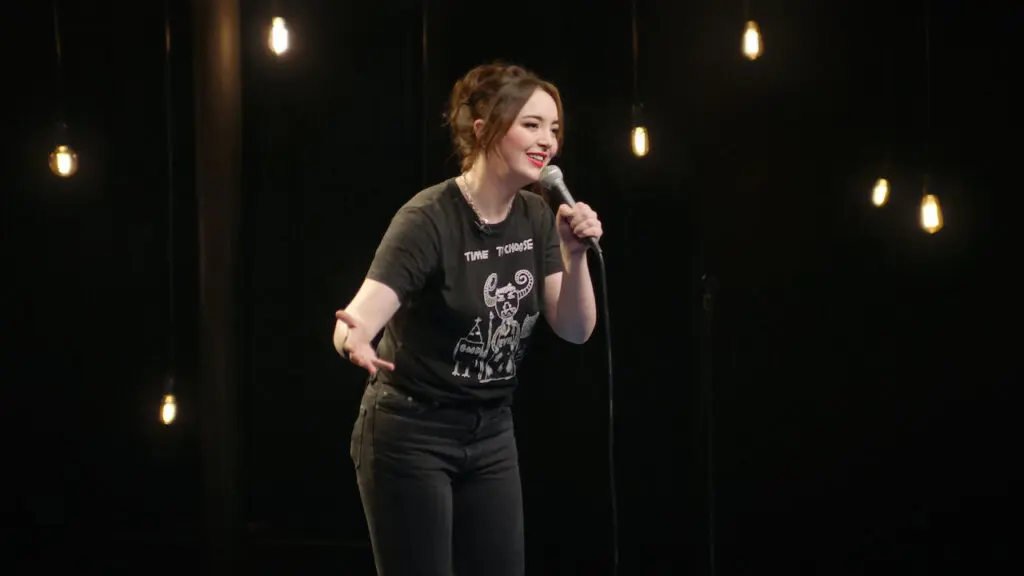Ready Steady Cut - The Latest Streaming, Entertainment, Movies, People and True Crime News
Netflix
Streaming Service
TV
TV Reviews
Brigands: The Quest for Gold Can't Quite Stand Out In A Saturated Market
April 24, 2024
Jonathon Wilson


Netflix
News
Streaming Service
TV
TV News
Queen of Tears Season 2 Is Unlikely, But Two Special Episodes Will Release After the Finale
April 23, 2024
Louie Fecou



Apple TV+
Streaming Service
TV
Weekly TV
It's Molly's Birthday In 'Loot' Season 2 Episode 5, But Her Greatest Gift Is Arthur
April 24, 2024
Jonathon Wilson



Movie Reviews
Movies
Netflix
Streaming Service
'Fern Brady: Autistic Bikini Queen' Is Easy To Watch and Inoffensive, But Leaves Little Impact
April 22, 2024
Romey Norton



